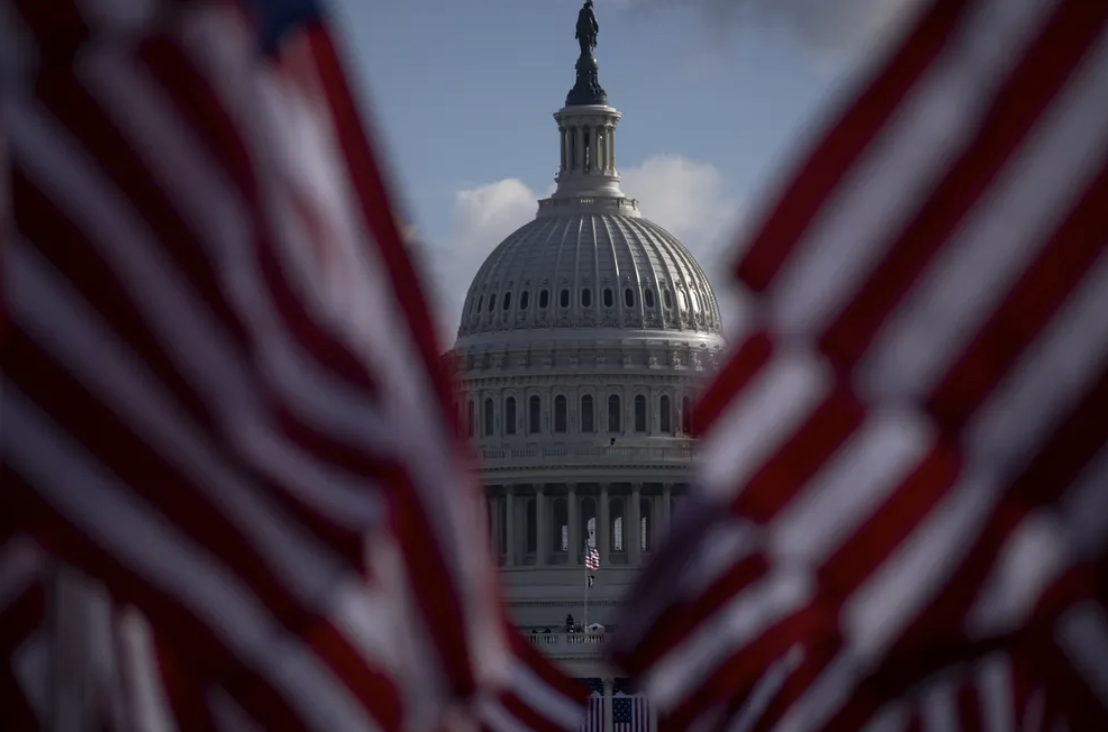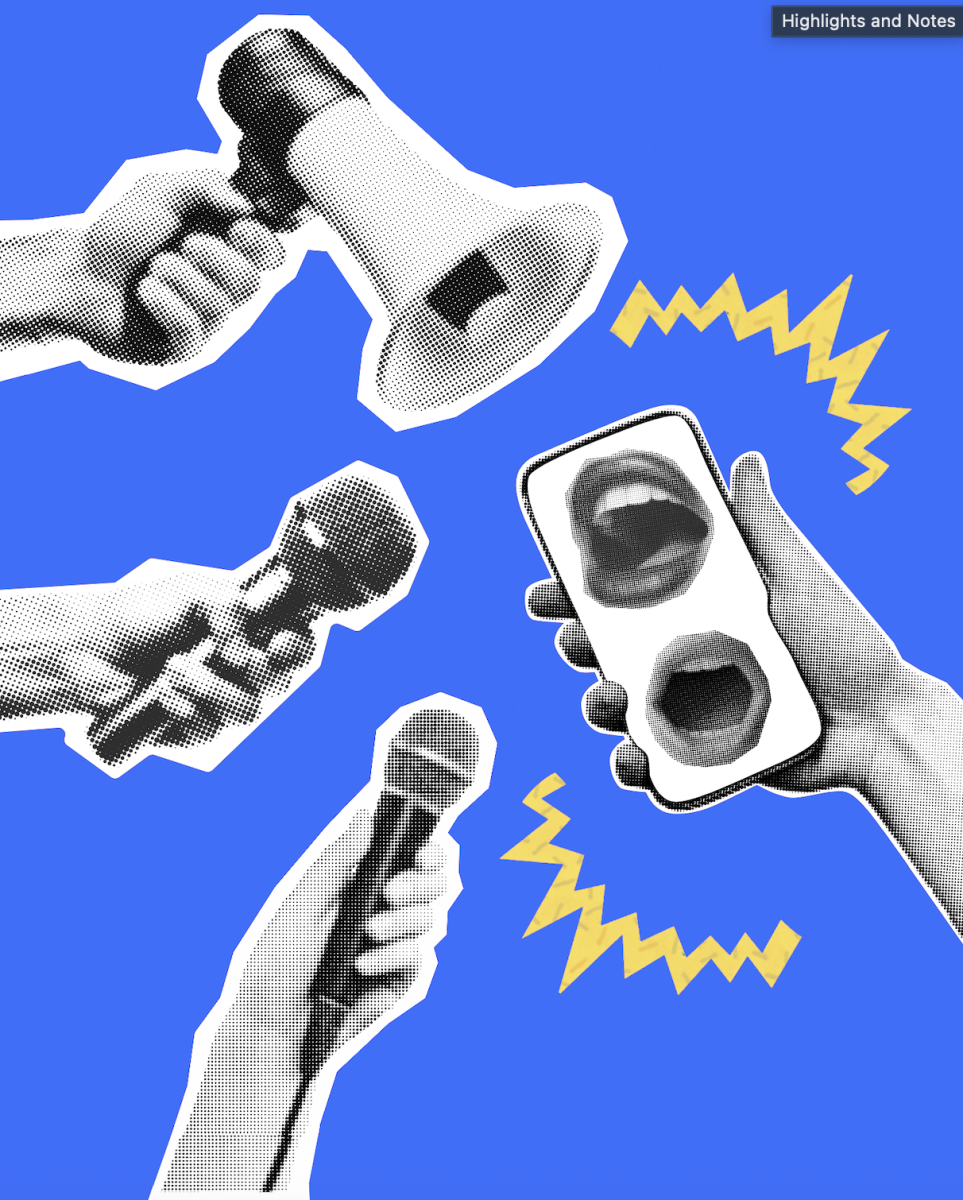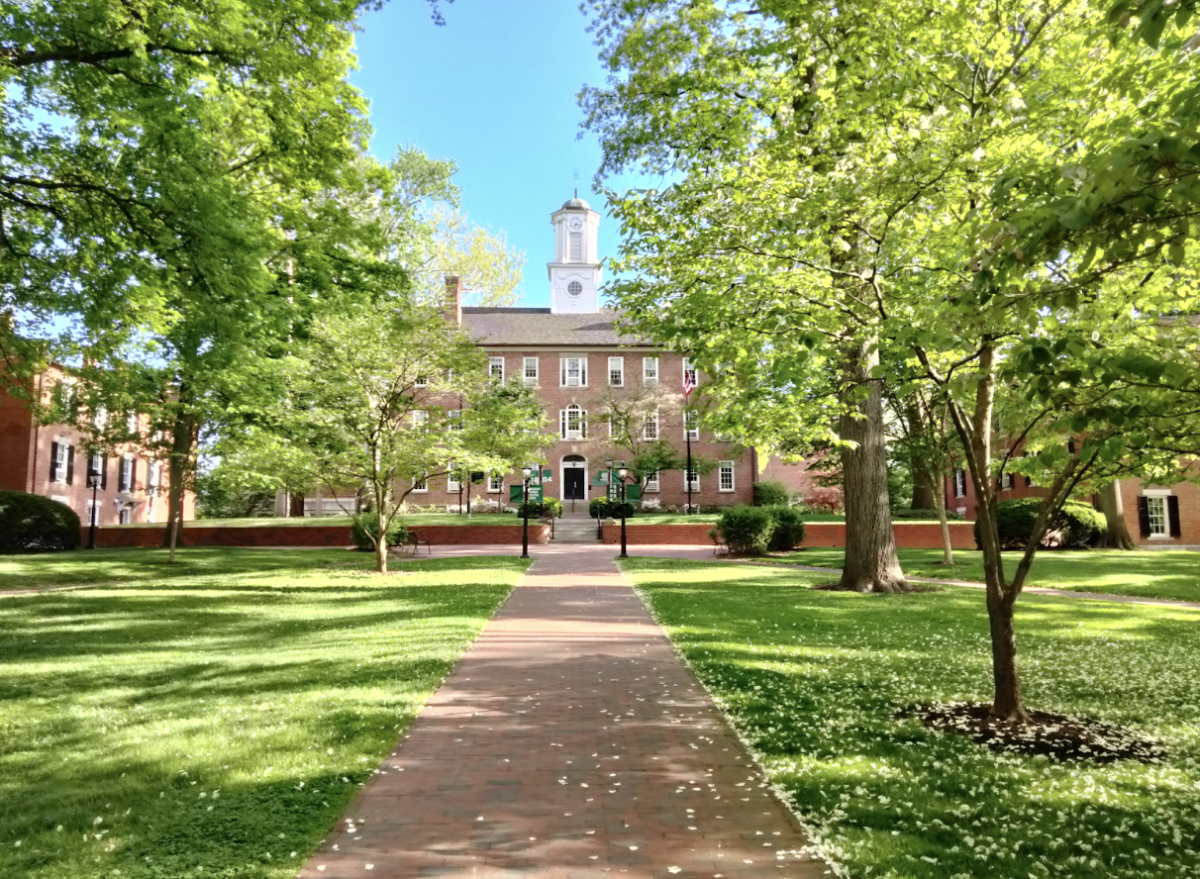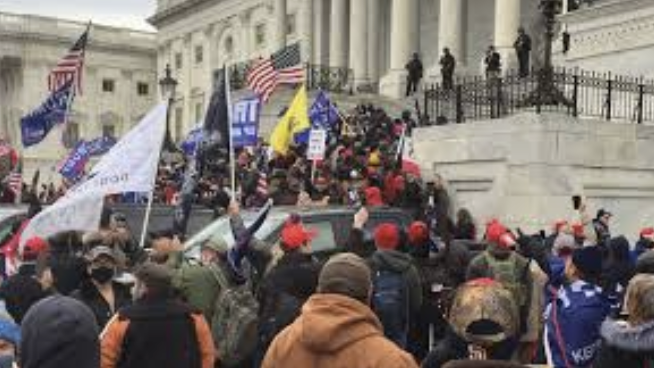During the brief period between September and early October, weeks before the approaching election, hurricanes Helene and Milton tore through the southern states, leaving countless people displaced and upending their livelihoods. Hundreds of lives were lost, many were injured, and communities were destroyed. Yet, despite the devastation, the main question for many Americans seems to be: what does this mean for the election?
Both presidential candidates have taken advantage of the disasters to criticize each other, throwing accusations of “irresponsibility” and “inaction” that dominate the media and the swirling minds of voters. Rather than addressing the urgent needs of the American people devastated by the crisis, headlines from popular—and even small—news networks and online journalists focus on the political “blame game.” Whether it be, “Harris Accuses Trump of ‘Playing Politics’ With Hurricane Disaster Relief,” from The Guardian; or “Fact Check: Six Days of Trump Lies About the Hurricane Helene Response,” from CNN, politicians and the media seem more concerned for political campaigns rather than assisting those affected by the hurricanes’ devastating impacts.
As the public turns back to the national conversation, the political discourse is increasingly filled with accusations and mistrust. Phrases like “Trump’s Lies” and “Kamala’s Inadequacy” illustrate the tone, while the larger issues—public safety, disaster relief, and community rebuilding—are tossed to the side. Even the media’s portrayal of these events has focused mainly on attacking the character of the opposing candidate, rather than presenting the promises for the American future that each one outlines. Two questions are ultimately posed: has America reached the point in politics where each party’s agenda overshadows the tragedies impacting fellow citizens, and are candidates genuinely seeking solutions or just attempting to demonize the other side?
Today’s partisan divide seems greater than ever before, with each side alienating the other while presenting itself as morally superior, and glorifying their own candidates atop the podium. People are so far divided that a nearly selfish ignorance festers, assuming their own success is guaranteed by the very fortress each party has barricaded itself inside to deflect the other. Not only is it a war between ideologies and beliefs for the still-young American country, but an attack on individual character itself, squashed into a stereotypical mold to define even the most complex person. Partisanship unifies, divides, and also leaves people feeling surprising alone in their differences and similarities when seemingly surrounded by a mob of opposing beliefs. This polarization influences not only public perception, but personal relationships as people find themselves entrenched in ideological warfare.
According to Pew Research Center, in 2022, 72% of Republicans saw Democrats as more immoral, and 63% of Democrats felt the same about Republicans—numbers that have risen sharply from 2016’s numbers of 47% and 35%, respectively. These feelings translate to policy, where anything endorsed by one party is almost instinctively condemned by the other.
Political identities today have begun to be less about policies and more about personal values, whether it be religion, morality, cultural issues, or sex. “Facing History and Ourselves” notes that in 1960, 4% of Democrats and 4% of Republicans would be displeased if their children married someone who was a part of the opposite party; whereas in 2019, that number rose to 45% of Democrats and 35% of Republicans. Over time, these cultural shifts have only deepened divisions. According to NBC News, the number of Democrats who are not religious has risen from 10% in 2013 to 38% in 2023, while views on issues like abortion and same-sex marriage have also deviated sharply between the two parties.
Also contributing to this change is the constant influx of news, data, and politics from social media. Social media amplifies these divides, creating echo chambers that reinforce political identities and encourage animosity. This constant exposure to political content encourages not only the spread of ideas but also misinformation and hostility toward the other side. A constant stream of political ideas, alongside the alienation and demonization of the opposite party, forms a group of angry, passionate American voters, encouraging the polarization of political parties. Even with the terms of “left” and “right”, the two parties seem to be drifting apart farther than ever. The approval ratings between the two parties, even with opposing presidents, have consistently grown through the decades. According to NBC News, 68% of Democrats approved of Harry Truman’s performance—a Democrat President—and 50% of Republicans approved. Today, 83% of Democrats approve of Joe Biden’s performance, while 6% of Republicans approve.
This divide leaves most at a loss when conversing with the opposite party about politics. 53% of Americans now find discussing politics frustrating and ultimately stressful, according to Pew Research Center. As another election approaches, the already-wide gap between parties seems ready to widen further, leaving little room for unity or meaningful discourse. Political elections seem to only be getting more bitter, continuing to fester as politicians, and even the common American-man, encourages the steep divide. The solution seems lost amongst all the partisanship. Despite the founding father’s initial intentions, a two-party system has long reigned in American politics. Surely not decisive in their divide, a partisanship has long existed in American culture, posing the question of whether or not it is possible to have an American democracy without the two-party system.
Nevertheless, efforts should be made to bridge the gap between parties and encourage intellectual discourse, rather than a raging anger that seems to fuel most American voters.



![[Charlie Kirk] by [Gage Skidmore] is licensed under [CC BY-SA 2.0].](https://flhsprospect.com/wp-content/uploads/2025/09/charlie-kirk-article-1200x800.jpg)




